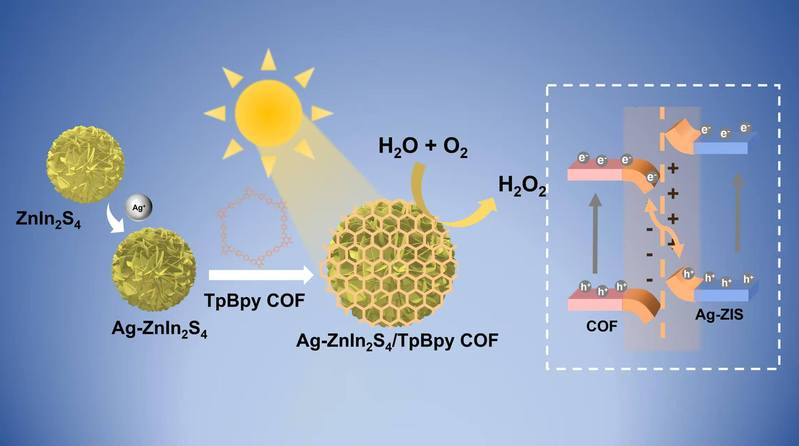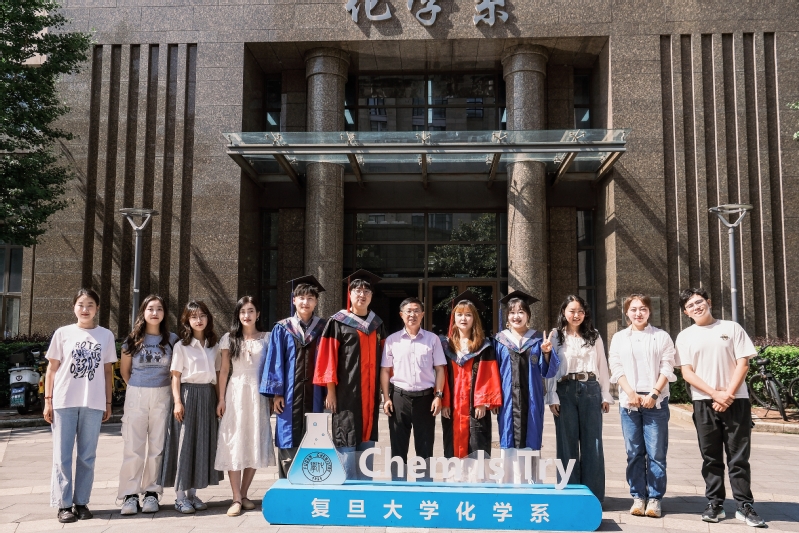With energy shortage and environmental pollution, photocatalytic hydrogen production is one of the most important ways to convert solar energy into chemical energy, and its key technology lies in the development of efficient, highly stable and low-cost photocatalysts. In this study, binary heterojunction photocatalysts consisting of CdSe nanorods and Ti3C2 MXene nanosheet were constructed via a one-step in situ hydrothermal method. When the content of Ti3C2 MXene was 10 wt%, a maximum photocatalytic H2 production rate of 763.2 μmol g−1 h−1 was achieved, which was 6 times higher than that of pure CdSe and no noticeable decline of the photocatalytic activity was observed after five recycling cycles. Based on XPS, UPS, in-situ XPS, KPFM, DFT theoretical calculations and photocatalytic experiments, the mechanism of charge transfer and photocatalytic hydrogen production in CdSe-MXene composites were proposed. This work not only presents the potential of earth-abundant MXene materials in the construction of high efficiency and low-cost photocatalysts for hydrogen production, but also opens avenues to fabricate more MXene-based composites for solar energy conversion.

文章链接:https://www.sciencedirect.com/science/article/pii/S0926337323001807?via%3Dihub
![]() 1-s2.0-S0926337323001807-main.pdf
1-s2.0-S0926337323001807-main.pdf
研之成理公众号报道链接:https://mp.weixin.qq.com/s/BBUo87N72tFdB2CscaesVA
科学材料站公众号报道链接:https://mp.weixin.qq.com/s/IvMwubb8cpGkubiIOKeQdg
 Wei-Lin Dai Group
Wei-Lin Dai Group



